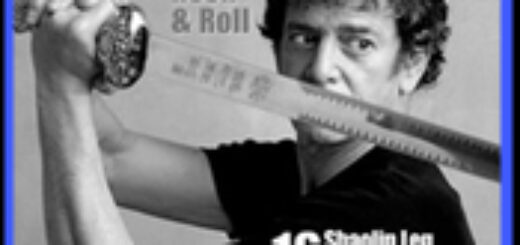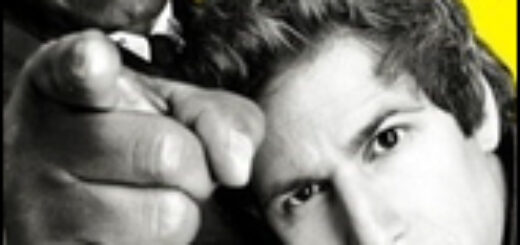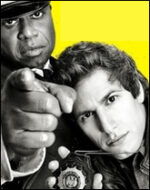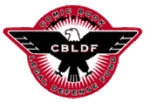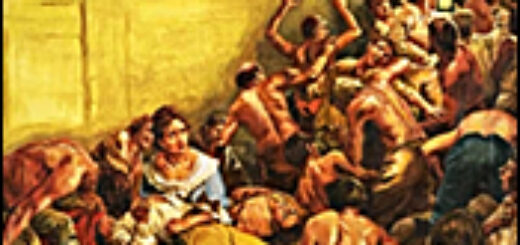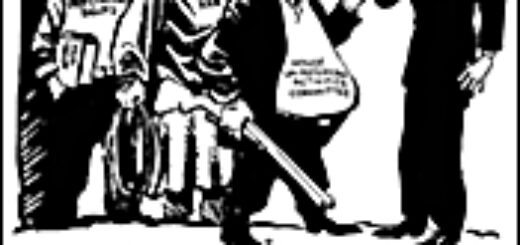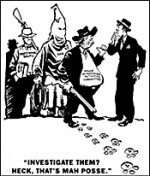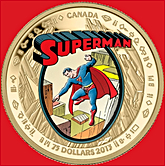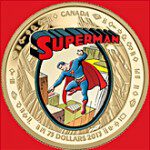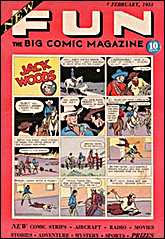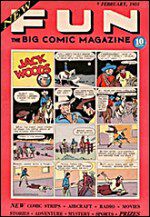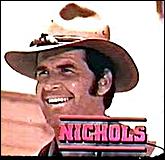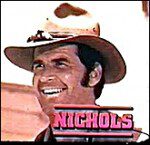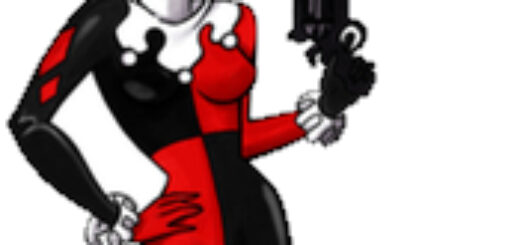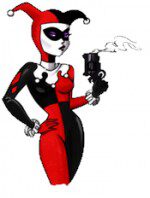Mike Gold: A Condo On The Wild Side
 As you may have heard, singer/songwriter/occasional actor Lou Reed died last Sunday.
As you may have heard, singer/songwriter/occasional actor Lou Reed died last Sunday.
This didn’t come as much of a surprise. Several months ago, ComicMix’s own Martha Thomases had a swell birthday party at a wonderful-yet-foo-foo West Village Manhattan restaurant. As we left we walked through the massive line waiting to get in and I passed by a guy I thought I knew or recognized. Embarrassed, I waited until we were outside before I asked Martha if she knew who that was. She stopped, stared for a second, and said “Oh my god, that’s Lou Reed.”
Lou looked like shit – well-coiffed shit, but still… A week later we heard he was in for a liver transplant. Ultimately, it was that transplant that led to his death.
Martha and I share another Lou Reed moment, this one with fellow ComicMixer John Ostrander. You see, there is this astonishingly funny and equally hard-to-come-by movie called Get Crazy – I have it on Japanese laserdisc. Starring Malcolm McDowell, Allen Garfield, Ed Begley Jr. and a cast of thousands directed by Allan Arkush, the movie is about the last days of an ancient rock’n’roll psychedelic dungeon, and Lou had a significant role as… well, as a drop-dead-perfect parody of Bob Dylan, right down to the shot of Reed as Dylan emulating the cover to Bob’s Bringing It All Back Home. It’s close to the funniest scene in the movie, second only to the bit where Malcolm McDowell (channeling Mick Jagger) drops acid and makes his penis the manager of his band. John turned me onto the movie shortly after its 1983 release; a few years later, Martha and I tried to turn each other onto the flick at the same time.
Lou Reed was one of the most important people in the history of rock’n’roll. Generally considered the Godfather of Punk Rock, Lou was instrumental in the creation of Alternative Rock (since shortened to Alt Rock), Punk Rock and Glam Rock. Much to the chagrin of many of his older fans (read: Boomers), in his final years he also worked closely with Metallica and appeared with them at the Rock’n’Roll Hall of Fame’s 25th Anniversary Concert.
Reed wrote and sang about subjects that many found taboo at the time of recording – addiction, S&M, religion, patriotism. He co-founded The Velvet Underground, worked with Andy Warhol, David Bowie, and Edgar Allan Poe – the latter, posthumously. Depending upon your religious predilections, he may have heard Mr. Poe’s opinion of his work in recent days.
Courage is the bedrock of creativity, and Lou had both in spades. He was a major influence on our popular culture, and he will continue to be for a great many years to come.
Mike will be playing a special tribute to Lou Reed this week on Weird Sounds Inside The Gold Mind, www.getthepointradio.com and on iNetRadio, www.iNetRadio.com (as part of “Hit Oldies”) this Sunday at 7:00 PM EST-USA – check www.getthepointradio.com for times of rebroadcast and for on-demand information.
THURSDAY MORNING: Dennis O’Neil
THURSDAY AFTERNOON: The Tweeks!

